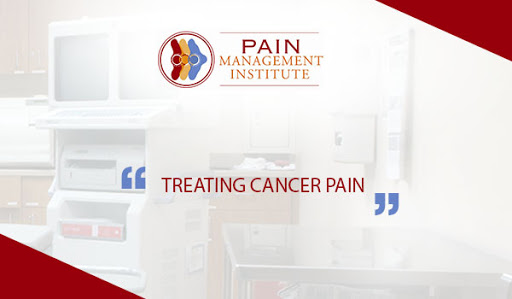An Intrathecal drug administration or Intrathecal pain therapy has been the backbone for the management of excruciating uncontrollable pain to systematic pain treatments. Since the therapy is well accepted in there are still some complications observed in clinical practices to its implementation with patients with cancer.
With advanced clinical practices, there are potential chances that access to therapy for the management of cancer pain will increase
Cancer pain continues untreated and a potential number of patients with cancer perish while enduring severe untreated pain every year. Moreover, on an average at least 1.7 million new cases of cancer are diagnosed, which are expected to rise
A wide range of chronic cancer pain can be managed by drug therapies, still many patients fail to achieve adequate relief despite of the availability of many conventional methods. Treatment of cancer pain has taken a new turn to chronic pain management strategies, particularly among cancer pain survivors.
An Intrathecal drug therapy is one of the game changing treatment and provide a substitute for the administration of pain killers and relieve pain while minimizing side effects
Candidates for ITT
Since a range of cancers is accompanied with greater onset of pain, appropriate patient screening for Intrathecal drug therapy is crucial to evaluate who may benefit from Intrathecal pain pump
The patient selection procedure involves
- Patient diagnoses and survival chances
- History of Opoids taken
- Location and type of pain
- Catheter location
- Tolerance of an Intrathecal pain pump’s treatment
- Psychological and cognitive status
Prior to implantation, it is important to get a clear diagnosis, a complete physical exam and psychological evaluation. Once it is conclusively proved that an Intrathecal Pain Pump therapy beneficial for the patient, the patient must address psychiatric issues that can negatively impact treatment outcome
In addition, all patients should have realistic expectations of Intrathecal Pain pump therapy for pain relief and understand how it may impact their daily life
Generally an Intrathecal pain pump is recommended after several attempts of conventional pain relieving treatments. Intrathecal drug delivery involves the implantation of highly concentrated solutions in the intrathecal space. The medication restricts pain signals to the brain. When administered Intrathecaly the Opioids may offer greater pain relief at the potentially lower doses with minimal side effect
Complications
In spite of its comparatively small doses of Opiods, increased doses of Intrathecal Opioids may lead to complications including, nausea, vomiting, constipation, respiration problems , sexual dysfunction, urinary retention, and sedation.

